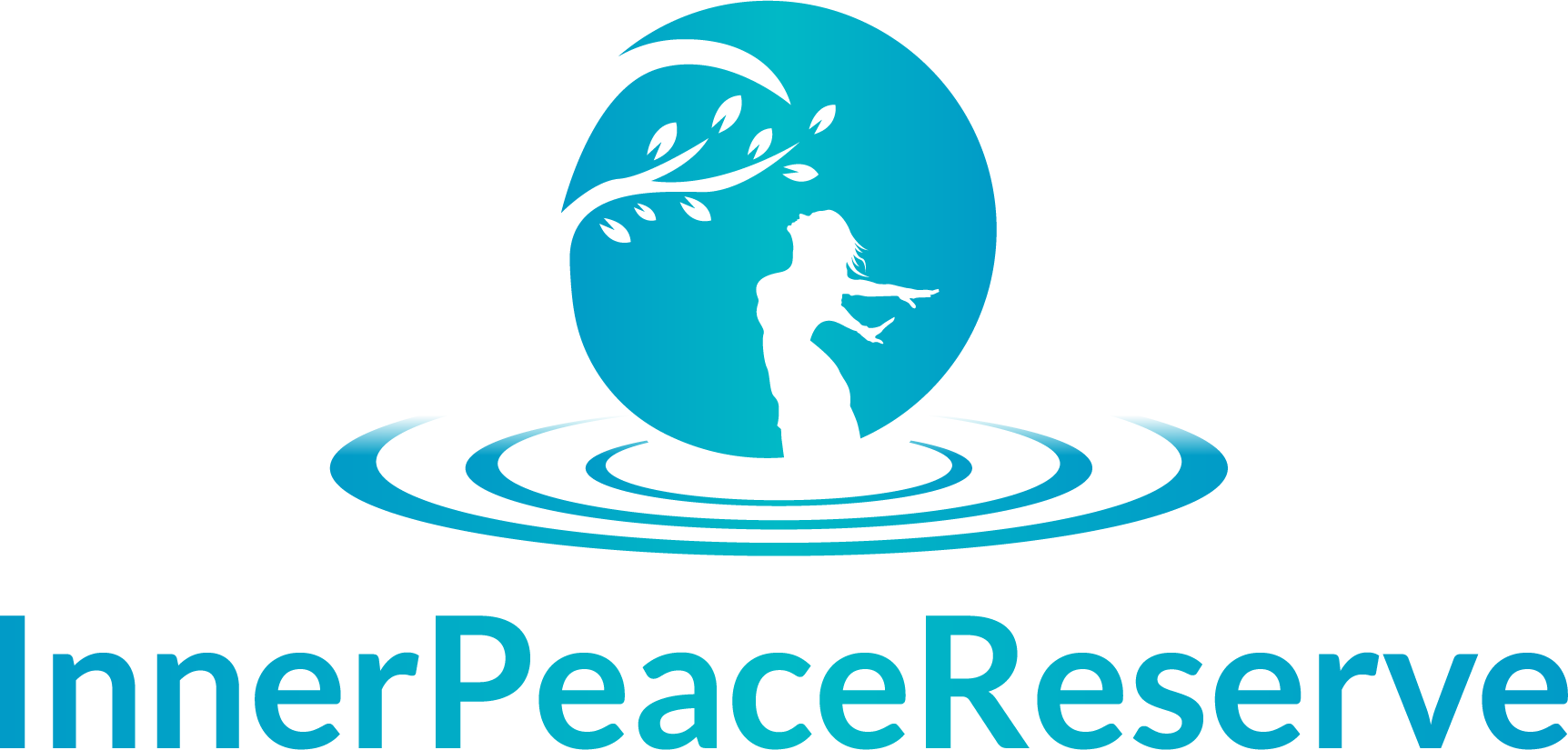opioid addiction
What is Opioid Addiction
According to the National Institute on Drug Abuse, in 2017, 1.7 million people suffered from some level of addiction to opioids and 47,000 people died from opioid abuse. What began as an unspoken problem has evolved into a crisis, as we lose roughly 130 Americans every day to opioid overdose, and millions more are dealing with opioid addiction or watching a loved one suffer.
There are few people who don’t have some personal connection to opioid use disorder (OUD) or the consequences of this disease. Though we have finally began to address the issue loudly and openly, discussion is doing little to curb the problem. Every day, more people become addicted to pain pills like Oxycontin due to irresponsible overprescribing, lack of patient education, limited monitoring of multi-doc prescriptions, inflated sense of trust in over-the-counter drugs, and other factors.
Factors Leading to the Opioid Crisis
According to the National Institute on Drug Abuse, in 2017, 1.7 million people suffered from some level of addiction to opioids and 47,000 people died from opioid abuse. What began as an unspoken problem has evolved into a crisis, as we lose roughly 130 Americans every day to opioid overdose, and millions more are dealing with opioid addiction or watching a loved one suffer.
There are few people who don’t have some personal connection to opioid use disorder (OUD) or the consequences of this disease. Though we have finally began to address the issue loudly and openly, discussion is doing little to curb the problem. Every day, more people become addicted to pain pills like Oxycontin due to irresponsible overprescribing, lack of patient education, limited monitoring of multi-doc prescriptions, inflated sense of trust in over-the-counter drugs, and other factors.
How Opioid Addiction Begins
Opioids are used to treat “acute” pain, which is often the result of injury, surgery, or something similar. It is not the same as chronic pain, which does not end as the body heals. Still, acute pain can be very hard to live with and strong medications are needed. Opioids mask the brain’s pain receptors, so a person using opioids feels like he is not in pain. This delivers very effective relief and in some cases, a euphoric, high feeling. Opioid use becomes a problem when a person no longer has the serious, acute pain, but the body and mind have become addicted to the opioid-created sensations.
The Mayo Clinic defines addiction as what happens when what was pleasurable now feels like it is something one cannot live without. It is a craving for the drug that cannot be resisted. Addiction often involves out-of-control use even when there are negative results.
Opioids are addictive because they activate strong reward centers in the brain. The Mayo Clinic notes when a person uses opioids, the brain slows the production of the chemicals that make us feel good, so the person needs more of the drug to get the same effect. Using opioids for more than a few days increases the risk of addiction. Doctors today are less likely to give refills, so getting them illegally becomes the only option for the addicted person.
Using opioid painkillers longer or more frequently than prescribed increases the risk of addiction and generally has negative health consequences, including overdose. Because of the increased usage, a person will develop a tolerance and need more opioids to achieve the same effect. This dangerous cycle can lead to overdoses, which can be, and often are, fatal.
Recognizing Opioid Addiction
Drug addiction is defined as when you are not able to stop using a drug, such as opioids. It is possible to use a drug improperly and not be addicted, but due to their powerful effect on the brain, opioids are very addictive.
These symptoms may or may not indicate opioid addiction, but if the person has had painkillers recently and most of these occur, it might be an indication of a problem. If someone you know suddenly has many of these symptoms or is taking illegally obtained opioids, there is a reason for concern. You may also see these symptoms in yourself, and when you do it is time to seek help.
- Uncontrollable cravings or inability to stop drug use
- Changes in eating or sleeping habits
- Weight loss
- Stealing from friends, family or businesses
- Lack of hygiene
- Frequent colds or flu symptoms
- Becoming irresponsible
- Poor decision making
What Help is Available
For many people, the realization they are starting to have a problem is enough to get their attention. Sometimes people will see they are starting to use, or depend on, a drug too much, and though it’s not easy, they will stop. Opioids are different, however, in that they are very addictive. It can be hard to see this happening in yourself until it is too late. Opioids also change the chemistry of the brain, which makes it harder to people abusing them to recognize the problem and takes steps to overcome the addiction. The doctor who prescribed the opioids may be able to help with very early intervention. However, due to the highly addictive nature of opioids, complete addiction treatment is often the most effective route.
Studies have shown that people who have counseling and a strong social support group see the most success. The patient also needs to be highly motivated to get healthy.
